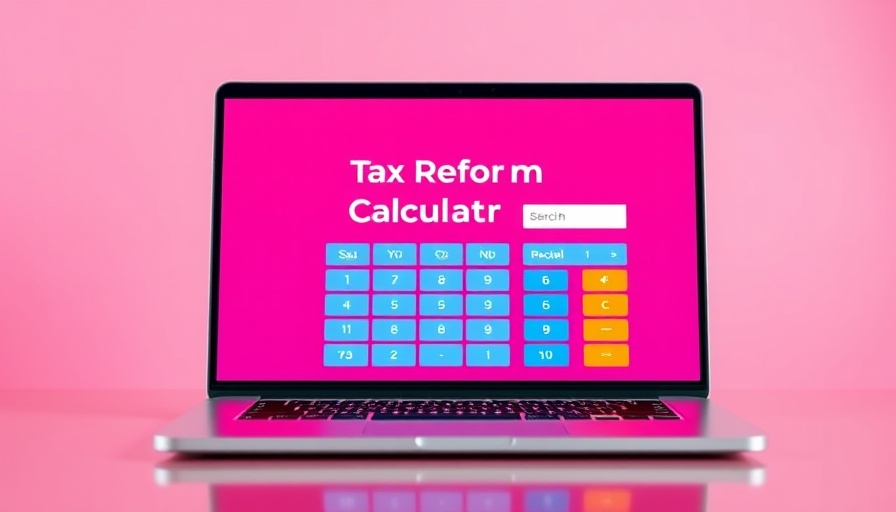
The Georgia Surplus Tax Refund: What You Need to Know
In the wake of the pandemic, many states have recognized the need to provide financial relief to their residents. Georgia has approved a surplus tax refund to return excess tax revenues to taxpayers—a move that has sparked conversation among residents and tax experts alike. Understanding this refund can be a little complex, but it is essential for Georgians looking to gain from their state’s fiscal surplus.
Understanding the Surplus Tax Refund
The Georgia surplus tax refund is aimed at offering immediate financial relief to taxpayers. This initiative is particularly crucial as individuals and families navigate ongoing economic uncertainties. The state anticipates returning approximately $1.6 billion in surplus revenues, translating into direct payments for millions who filed their taxes in 2021, allowing residents to benefit from the state’s healthy financial standing.
Who is Eligible for the Refund?
Eligibility for the Georgia surplus tax refund hinges primarily on having filed a 2021 state income tax return. Individuals can expect a refund based on their tax filing status: $250 for single filers, $375 for heads of households, and $500 for married couples filing jointly. This tiered structure ensures that those who shoulder a heavier tax burden receive a proportionally greater refund, aligning with the progressive nature of state taxes.
When Can You Expect Your Refund?
The timing of the refunds is just as critical as their amounts. Georgia officials are working to distribute these refunds efficiently, with many taxpayers already receiving payments. However, those who opted for paper filing might experience delays since electronic filers are prioritized. While the exact timeline can be variable, it is advisable for taxpayers to keep an eye on their bank accounts and mail for updates.
What's Behind the Refund? A Deeper Look at State Finances
The tax surplus stems from a revenue boom experienced by the state, largely attributed to increased sales taxes and booming corporate earnings during the recovery phase post-COVID-19. Analysts indicate that this surplus showcases the state's ability to manage its resources effectively, leveraging about $3 billion in surplus funds to stimulate the local economy through direct taxpayer aid.
A Historical Perspective on Surplus Tax Refunds
Georgia isn’t the first state to implement a surplus tax refund, but it highlights the growing trend among states engaging in fiscal responsibility. Previous instances in states like California and Colorado have shown similar outcomes, where residents received tax rebates in alignment with budget surpluses. This strategy may redefine how states manage fiscal gluts and their flow into local communities.
Potential Challenges and Considerations
While the tax refund initiative seems beneficial, it is not without its challenges. Certain residents who do not file taxes might feel left out of the benefits, leading to discussions about the potential need for a more inclusive approach to state dividends in the future. Moreover, transparency about the fund allocation and how these refunds are being financed will be crucial in ensuring continued public trust in state governance.
Final Thoughts: Why Understanding Tax Refunds Matters
As Georgians await their surplus tax refunds, awareness about this refund becomes key in maximizing personal financial planning. Residents should consider how they wish to use these funds—whether it be for savings, debt repayment, or expenditures. Understanding the implications of these refunds can lead to greater financial literacy and empower individuals to utilize such benefits judiciously.
A deeper knowledge of state tax surplus refunds not only aids in personal financial decision-making but also encourages civic engagement and awareness of state fiscal policies. The surplus tax refund represents a direct link between taxpayers and their government’s fiscal policies, reaffirming the importance of public awareness in supporting equitable economic recovery.
 Add Row
Add Row  Add
Add 




Write A Comment